Singapore might seem like a place where everything’s been discovered and documented, but this tiny island nation still harbors plenty of secrets. While millions of visitors flock to Marina Bay Sands and Gardens by the Bay each year, they’re missing out on some truly extraordinary spots that offer authentic experiences without the crowds of selfie sticks and tour groups.
Ready to explore the side of Singapore that most tourists never see? Here is a list of 17 hidden gems scattered across this remarkable city-state.
Yunnan Garden
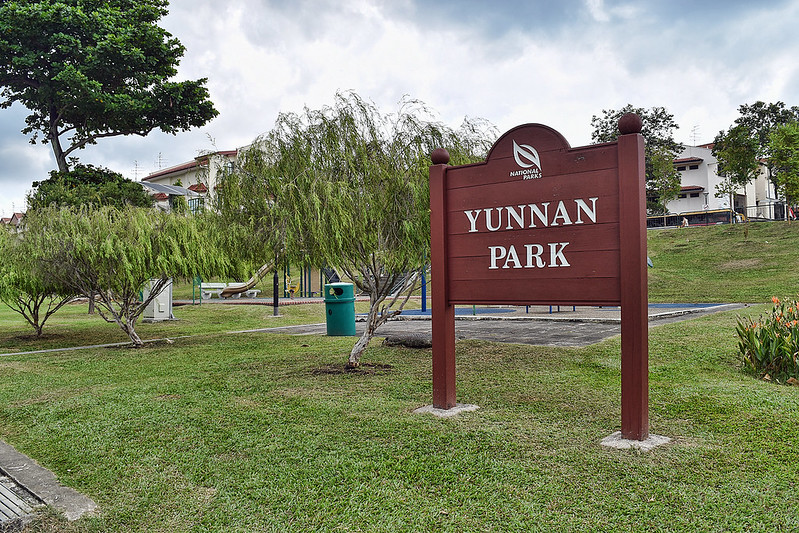
This sprawling Chinese garden sits tucked away within Nanyang Technological University, making the journey feel like a mini-adventure in itself. Built in the 1950s and inspired by traditional Chinese landscaping, the garden features a stunning 5.6-meter-tall waterfall as its centerpiece. You can climb to an elevated viewing platform for panoramic views or wander down to get up close to the artificial wetlands. The garden also houses the Chinese Heritage Centre and offers 19 themed educational trails, from herbal walks to art appreciation routes.
Smith Marine Floating Restaurant
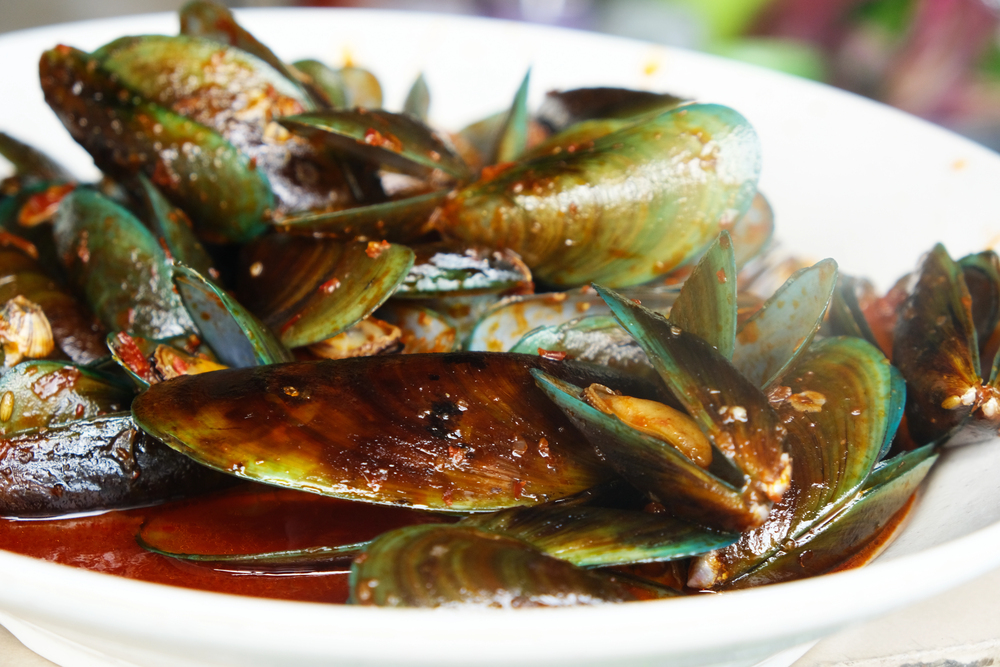
Forget fancy hotel restaurants — this floating eatery sits on the waters between Pulau Ubin and Changi Point, accessible only by a 15-minute boat ride. Built on a former wooden fishing port, it offers a genuine kelong dining experience where you can watch how seafood is actually farmed. The menu features fresh catches like sambal mussels, chili crab, and steamed lobster with pumpkin sauce, all while you’re surrounded by open sea views. It’s like stepping into a different world where the city’s hustle feels miles away.
Seletar Fishing Village
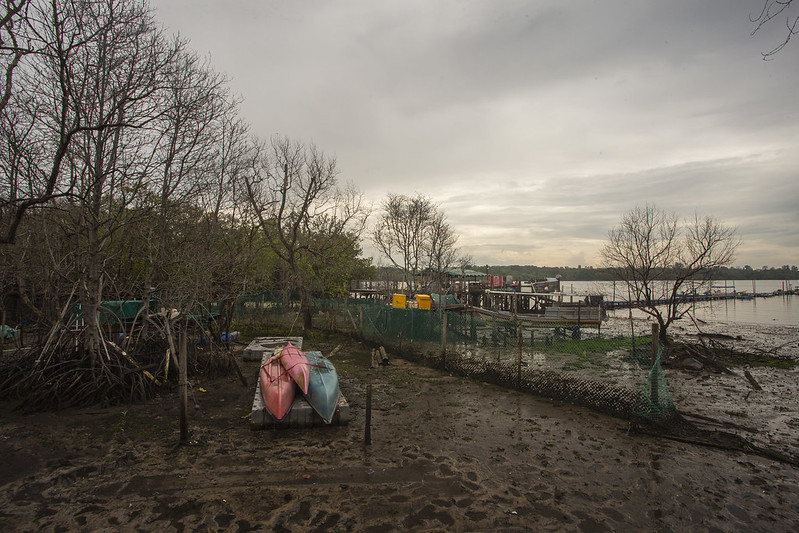
This rustic village near Seletar Airport looks like Singapore from decades past, complete with kampong huts and a wooden jetty called Jenal Jetty. About 50 residents still call this place home, many of them fishermen who’ve been working these waters for generations. While parts of the village are off-limits to casual visitors, you can join organized tours to get a closer look at traditional fishing life. The contrast between this sleepy village and Singapore’s gleaming skyscrapers just miles away feels almost surreal.
Fort Serapong
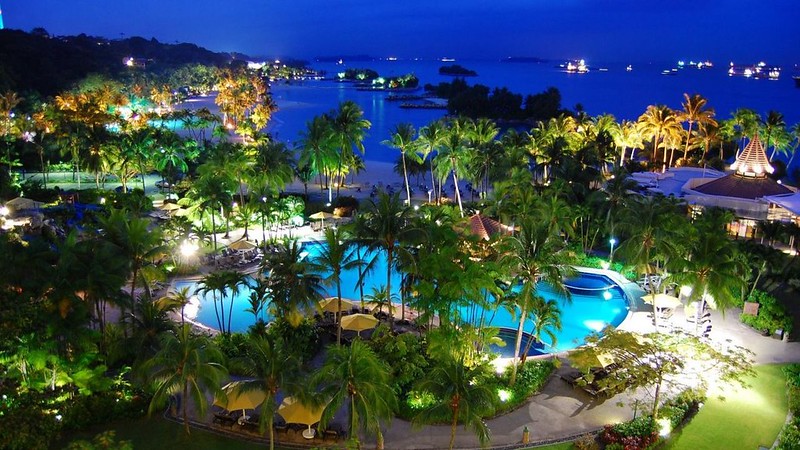
Hidden away on Sentosa Island, past all the tourist attractions and restaurant crowds, lies this sprawling military complex with origins dating back to the 1870s. The fort served as one of Singapore’s four major batteries during World War II, complete with secret tunnels and bunkers that you can still explore today. Mother Nature has gradually reclaimed much of the site, giving it an almost mystical atmosphere with overgrown vegetation covering the ruins. It’s one of those rare places where you can feel Singapore’s wartime history while enjoying complete solitude.
Tanjong Rimau
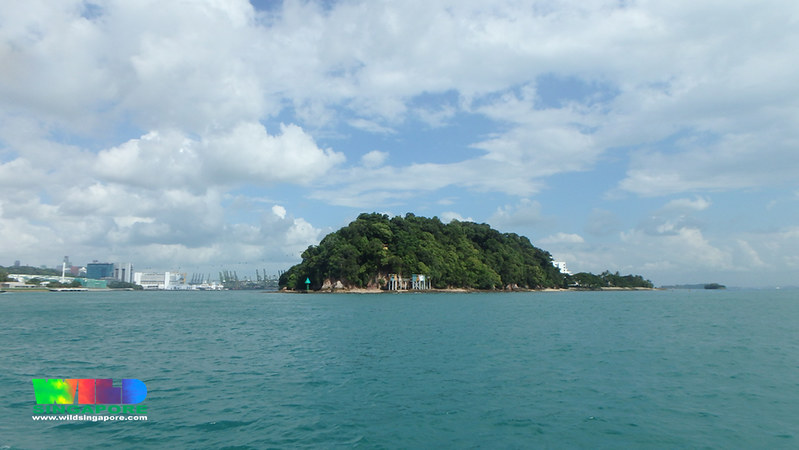
Located at Sentosa’s northwestern tip, this represents the last remaining undeveloped stretch of the island’s coastline. You’ll find mangrove trails, large scenic rocks, and even tiny secret caves to explore along this wild shoreline. The area requires some scrambling over rocky terrain to access, but that’s exactly what keeps the crowds away. It’s perfect for those moments when you want to pretend you’ve discovered a deserted tropical beach just 20 minutes from downtown Singapore.
The Mill

This striking black Art Deco building stands out dramatically in Bukit Merah’s industrial zone, looking more like a Gothic castle than a modern establishment. Designed by the same architects behind the famous Parkview Square, it houses a café, art galleries, and creative offices that are all open to the public. The building regularly hosts cultural events and exhibitions that showcase Singapore’s thriving arts scene. Unlike most industrial buildings, you don’t need any special pass — just walk right in and start exploring.
Keppel Hill Reservoir
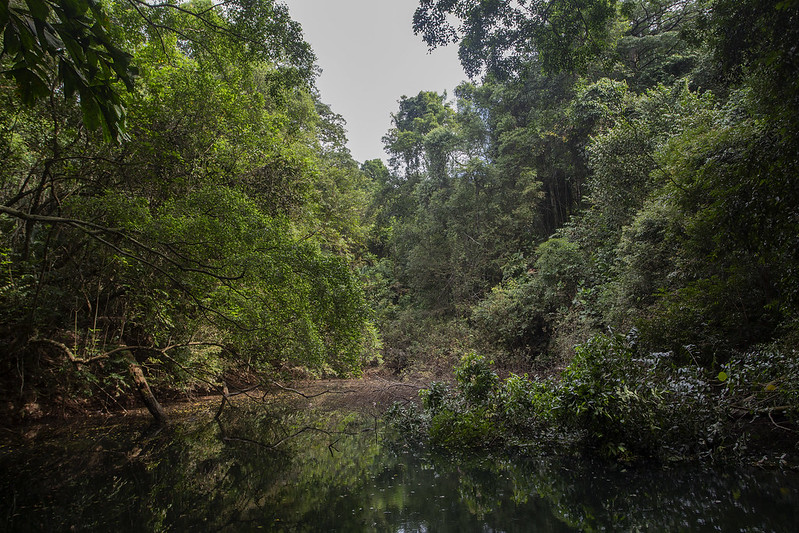
Getting here requires pushing through tall ferns, wild grass, and thorny plants, but the reward is worth every scratch and stumble. This secret reservoir was originally built in 1905 as a private water source, then became a popular swimming spot in the 1940s before being mysteriously omitted from official Singapore maps in 1954. Today, it’s a hidden oasis where you can enjoy complete tranquility surrounded by lush jungle. The challenging hike to reach it ensures you’ll likely have the place entirely to yourself.
Tuas Lamp Post 1

This might sound ridiculous, but this particular lamp post at the far western end of Tuas has become a pilgrimage site for Singapore’s cycling community. It all started when the Love Cycling Singapore Facebook group chose it as the endpoint for their ‘Song Song to Jurong’ ride, with cyclists leaving stickers as proof of their journey. Now it’s covered in colorful stickers from cyclists who’ve made the trek to Singapore’s edge. The surrounding area also offers surprisingly beautiful views of the Johor Strait and Malaysia beyond.
Japanese Cemetery Park

This hauntingly beautiful cemetery in Hougang is the largest Japanese burial ground in Southeast Asia, established in 1891. Pink floral archways create an almost sakura-like atmosphere year-round, making it feel like a piece of Japan transplanted into tropical Singapore. About 3,000 carefully arranged tombstones tell stories of the Japanese community that once thrived here. The peaceful atmosphere and stunning architecture make it one of Singapore’s most photogenic yet overlooked historical sites.
Bollywood Veggies
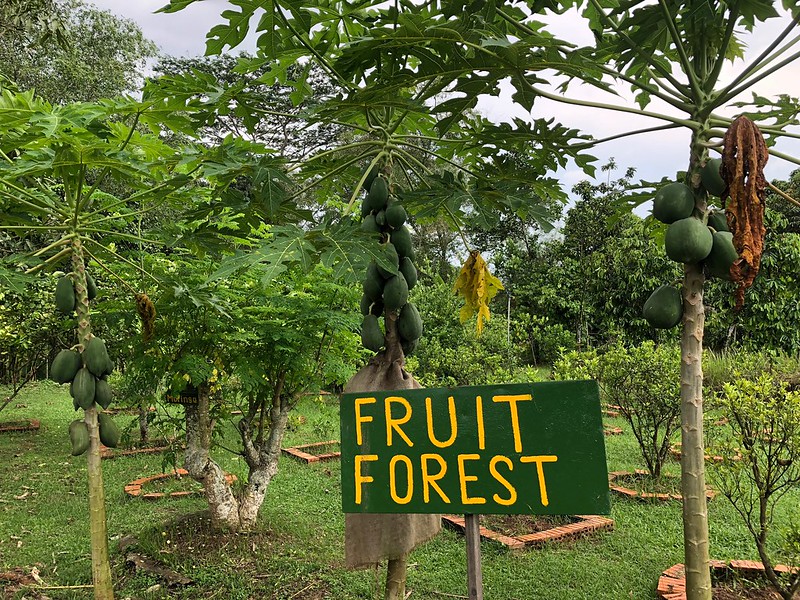
This organic farm in Kranji feels like you’ve left Singapore entirely and stumbled into rural countryside. The journey through Singapore’s agricultural heartland is half the adventure, with the farm’s cheeky green and yellow signs guiding you past fruit trees, vegetable plots, and banana groves of different varieties. You’ll need to watch your step for frogs and ants (there’s literally a designated ant crossing path), and the trail ends at a serene lotus pond. The farm-to-table bistro, Poison Ivy, serves dishes made from ingredients grown right on the property.
Raffles Marina Lighthouse
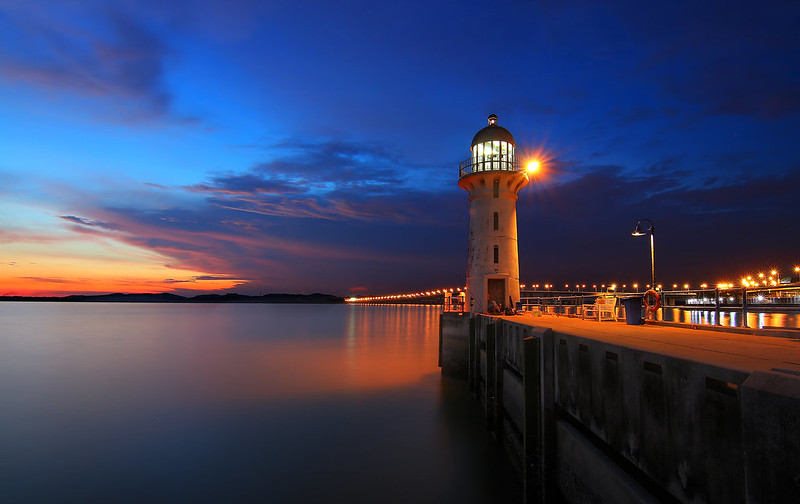
Built in 1994 at the edge of Singapore, this 12-meter-high lighthouse overlooks the Tuas Second Link bridge and offers stunning views across the Johor Strait. The surrounding Raffles Marina Club lets you pretend you’re living the high life among luxury yachts and waterfront dining. The lighthouse itself isn’t huge, but the setting is spectacular, especially during sunset when the entire western sky lights up. It’s one of those spots that makes you forget you’re in one of the world’s busiest port cities.
Pearl’s Hill City Park
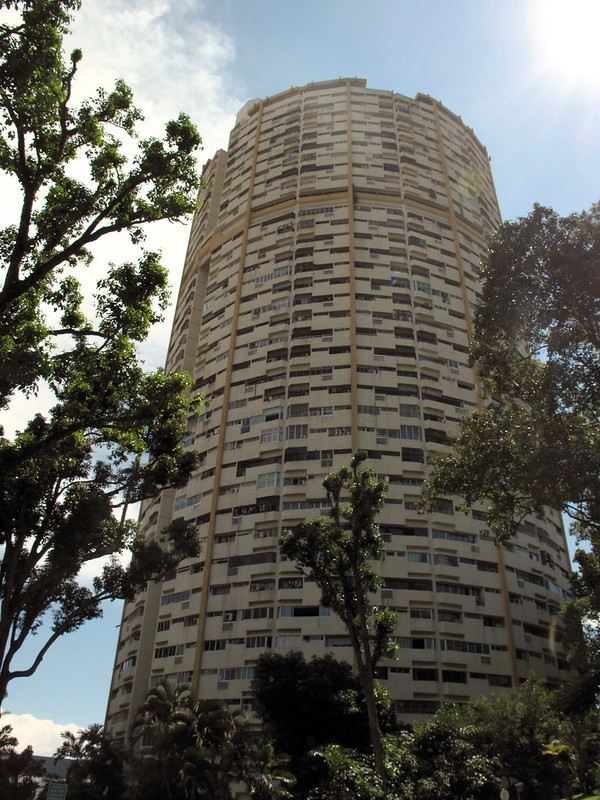
Perched on a hill just steps from bustling Chinatown, this tranquil park surrounds a reservoir adorned with blooming lotuses. You’ll need to climb several flights of stairs to reach the peaceful water body, which is home to fish and terrapins that locals love to feed. Named after Captain James Pearl, who commanded the ship that brought Raffles to Singapore, the park also contains colonial-era relics. The contrast between the serene hilltop setting and the urban energy of Chinatown below perfectly captures Singapore’s ability to surprise.
Bright Hill Temple
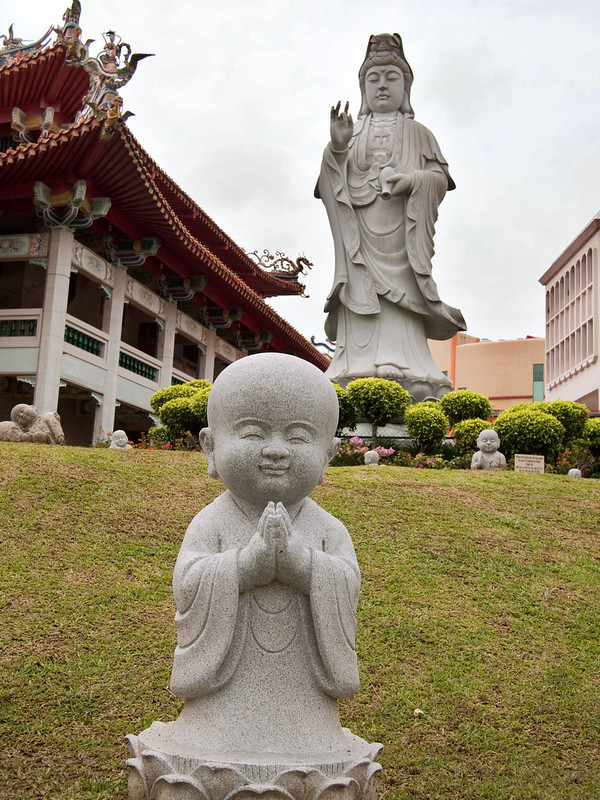
This majestic Buddhist monastery ranks among Singapore’s largest and most colorful temples, yet somehow remains relatively unknown to most visitors. The temple complex offers a journey through a century of monastery history, with stunning architecture and cultural artifacts throughout. Each building showcases different aspects of Buddhist art and culture, creating an immersive experience that’s both educational and spiritually moving. The peaceful atmosphere and intricate details make it feel like a hidden sanctuary in the middle of the city.
Everton Road Street Art
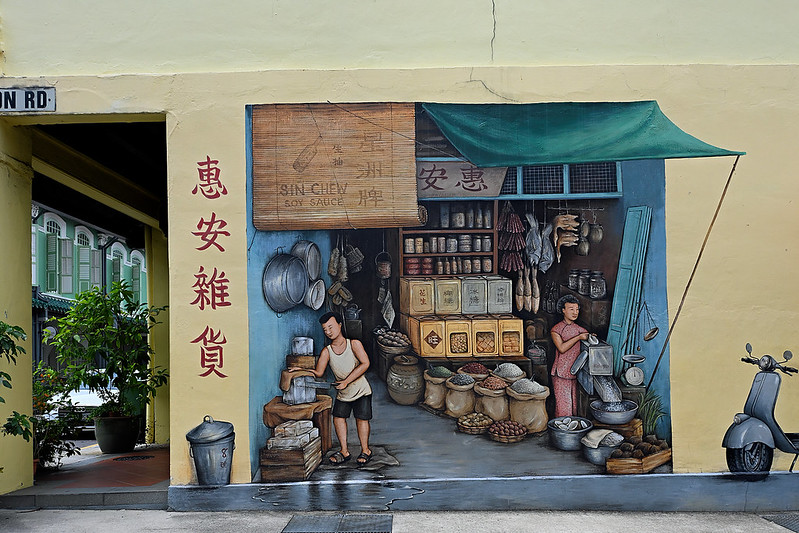
This collection of stunning wall murals transforms an ordinary residential street into an outdoor art gallery that most tourists never stumble upon. Each painting tells a different story, from depictions of old Peranakan shophouses to modern interpretations of Singapore’s multicultural heritage. The artwork represents diverse themes and artistic styles, creating a visual narrative of the neighborhood’s evolution. Walking along Everton Road feels like discovering a secret art district where local creativity flourishes away from the mainstream cultural scene.
Serangoon Garden Market & Food Centre
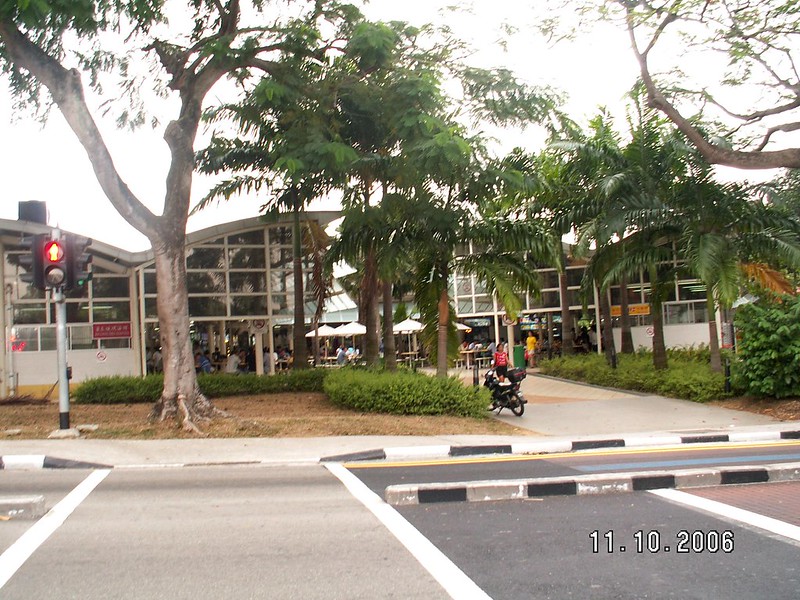
As Singapore’s oldest housing estate, Serangoon Gardens hides this authentic hawker center that locals treasure but tourists rarely discover. The unpretentious setting means you’ll be dining alongside neighborhood residents rather than camera-wielding visitors, creating a genuinely local experience. The food quality rivals any famous hawker center, but without the long queues and inflated prices that come with tourist popularity. Plus, the nearby myVillage rooftop cinema offers free movie screenings under the stars — one of Singapore’s best-kept entertainment secrets.
Changi Village
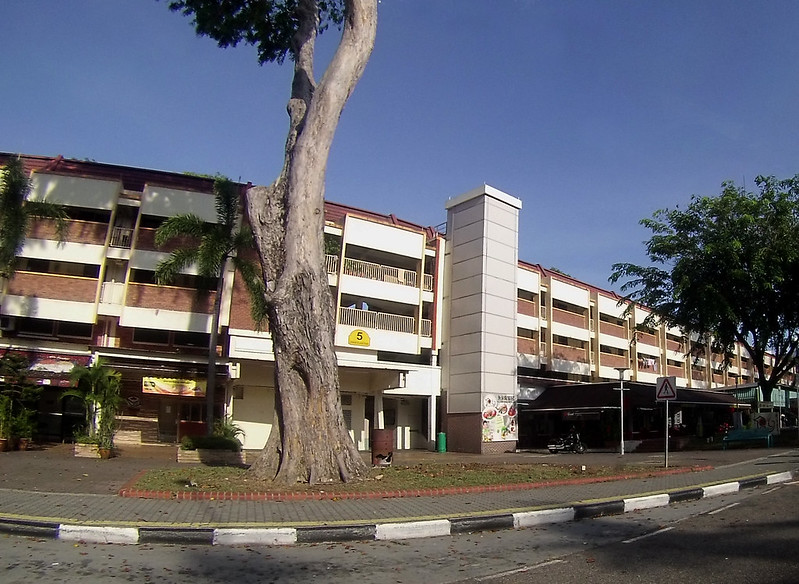
This laid-back seaside village operates at a completely different pace from central Singapore, offering glimpses of what island life was like before the skyscrapers arrived. The magic lies in its slow, unhurried atmosphere where tourist-focused entertainment simply doesn’t exist. You’ll find local coffee shops, traditional provision stores, and residents who’ve lived here for decades maintaining their quiet coastal lifestyle. The village serves as a gateway to Pulau Ubin, but many visitors rush straight to the ferry without exploring Changi’s own understated charms.
Katong Neighborhood
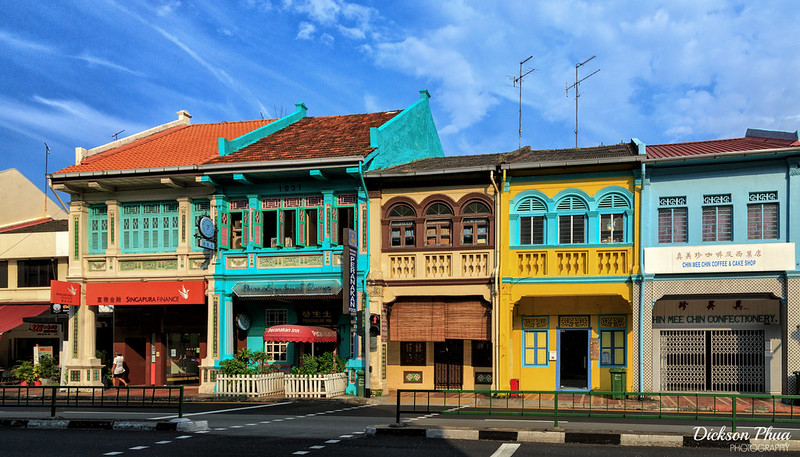
This former fishing village retains its Peranakan heritage through colorful shophouse architecture and a relaxed atmosphere that feels worlds apart from Singapore’s business districts. The residential buildings and casual shops date back to the 1970s, creating a neighborhood where time moves more slowly than in the rest of the city. Local institutions like the Katong Laksa stalls and the Eurasian Heritage Centre offer authentic cultural experiences without the tourist crowds. Wandering through Katong’s quiet streets feels like discovering a well-preserved piece of old Singapore that somehow survived the city’s rapid modernization.
Singapore’s Hidden Soul Endures
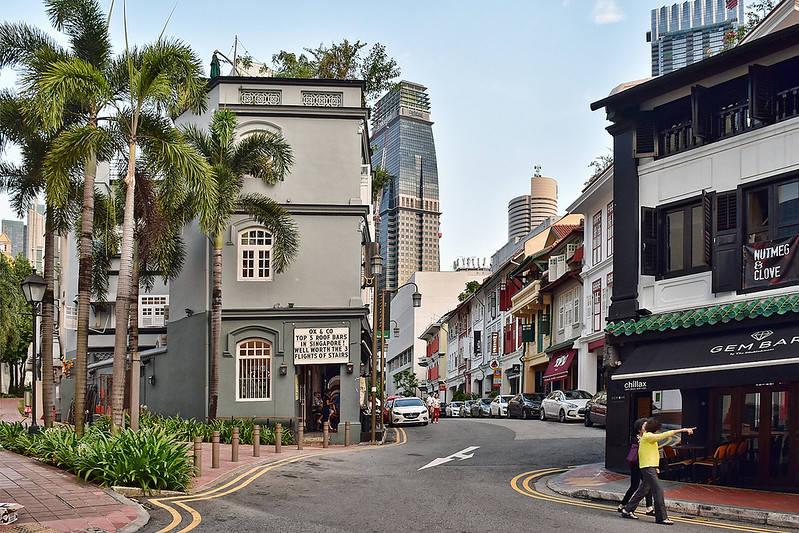
These secret spots prove that even in a city-state known for efficiency and development, pockets of mystery and authenticity persist. From wartime ruins slowly being reclaimed by jungle to traditional villages where life continues at its own pace, Singapore’s hidden gems offer experiences that no amount of urban planning could replicate. While the famous attractions showcase Singapore’s achievements, these lesser-known places reveal the heart and soul that make this island nation truly special.
More from Travel Pug

- 20 Best Beach Towns in the Carolinas
- 13 Destinations Where Tourists Regularly Regret Their Trip
- 20 Things You Actually Get in First Class
- 20 Small Airports With Aviation Museums
- 20 Places in the U.S. That Are Perfect for a Reset Trip
Like Travel Pug’s content? Follow us on MSN.
